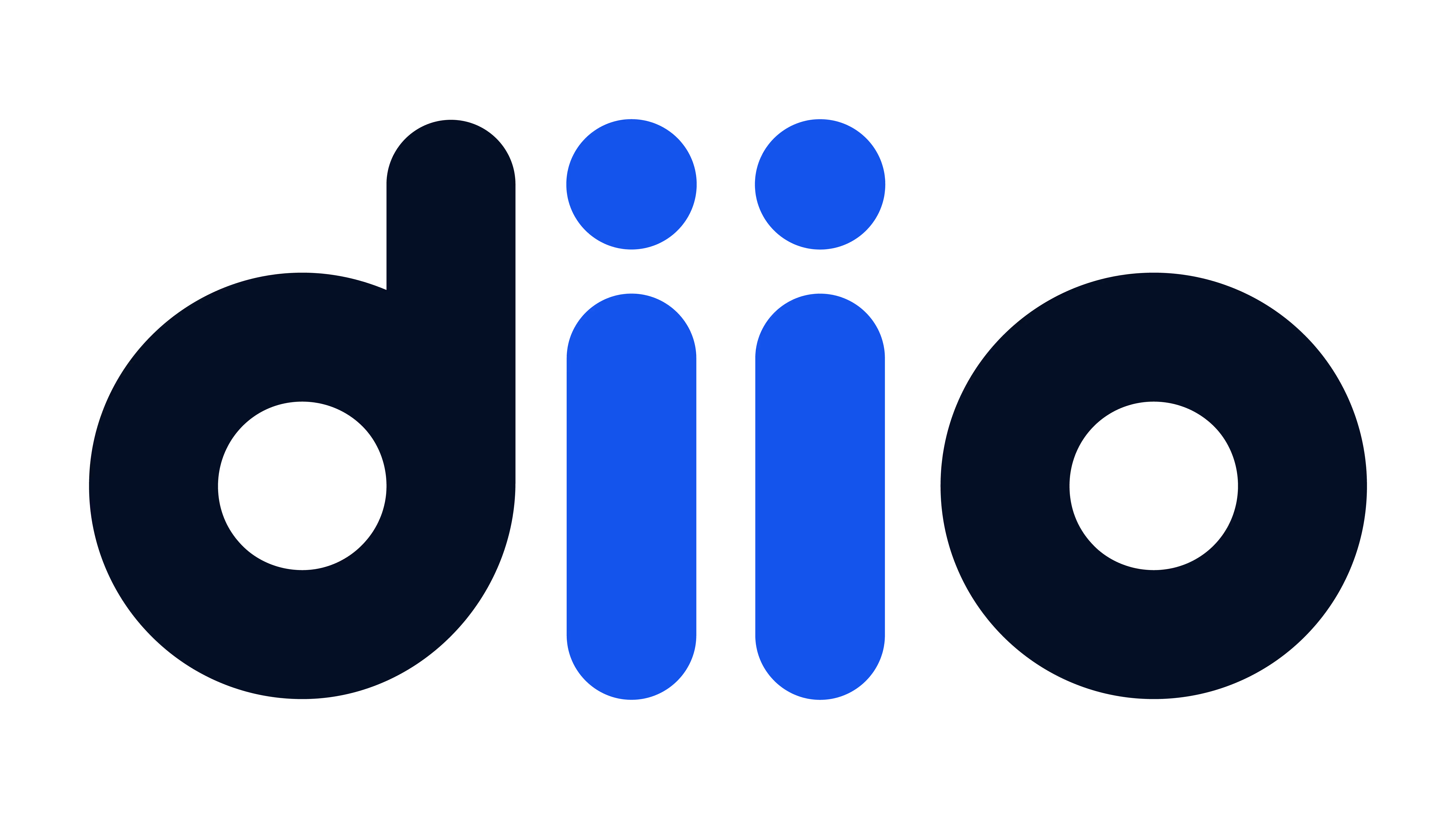The Top 5 objections after analyzing 1 million minutes of sales meetings (and how to handle them)
By
diio
|
10
minutes

In the world of consultative sales, facing objections is an inevitable part of the process. Thanks to diio, we have analyzed more than 1 million minutes of sales conversations to identify the main objections that sellers face and how to effectively overcome them. Here are our most important findings.
Main Objections in Consultative Sales
Through our analysis, we identified five recurring objections that represent the biggest challenges for sellers:
1. “I don't have a budget for this right now”: 30%
2. “I'm happy with my current provider”: 25%
3. “This is not the right time”: 20%
4. “I need time to think about it”: 15%
5. “I'm not sure that's what we need”: 10%
Categories
To better understand the context of these objections, we group them into three main categories:
1. Situational Objections (50%)
• “I don't have a budget”
• “This is not the right time”
2. Competitive Objections (25%)
• “I am happy with my current provider”
3. Decision Objections (25%)
• “I need time to think about it”
• “I'm not sure that's what we need”
How to Handle Objections
Situational Objections
1. “I don't have a budget”
• Strategy: Recognize budget concerns and focus on ROI. It offers flexible financing options.
• Example: “I understand that the budget is a key concern. Our solution can help reduce costs in other areas and generate significant ROI in [period]. We can explore flexible financing options to accommodate your current budget.”
2. “This is not the right time”
• Strategy: Creates a sense of urgency and adjusts implementation timelines.
• Example: “I understand that the timing is important. However, did you know that companies that adopt our solution at this stage tend to see significant results in [period]? We can plan an implementation that better aligns with your times. Could we schedule a meeting to go deeper into the details when it's most convenient for you?”
Competitive Objections
1. “I am happy with my current supplier”
• Strategy: Highlight the unique features of your solution and share success stories.
• Example: “It's great that you have a current solution. I would like to show you how our platform offers unique features that could complement what you already have. Other customers who were also satisfied with their previous vendors found additional value with our solution. Would you like to hear some of their stories?”
Decision Objections
1. “I need time to think about it”
• Strategy: Provide additional information and agree to follow up.
• Example: “Of course, making informed decisions is crucial. Is there any additional information I can provide to help with your analysis? How about we give ourselves a couple of days to review the details and talk again on [date]?”
2. “I'm not sure that's what we need”
• Strategy: Explores the prospect's challenges and provides a personalized demonstration.
• Example: “I understand your uncertainty. Perhaps we could review your main challenges and see together how our solution could align with your needs. We can organize a demonstration specific to your case so you can see how it would work in your particular environment.”
In conclusion
Identifying and understanding objections is crucial to adapt your sales pitch and achieve a deeper connection with your prospects. By knowing exactly what your customers are worried about, you can personalize your answers and demonstrate how your solution meets their specific needs. With diio, not only do you have the ability to identify these objections effectively, but also to follow their evolution and responses through each interaction. This data-driven approach allows you to ajust your strategy in real time, ensuring that each sales meeting is more productive and effective.

Let them sell
diio analyzes your conversations and helps you prioritize, move quickly and make better decisions.
Try it for free
.avif)


.avif)





